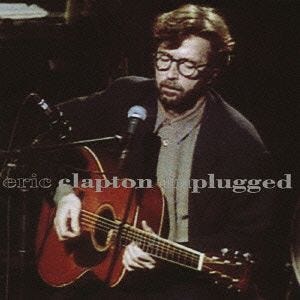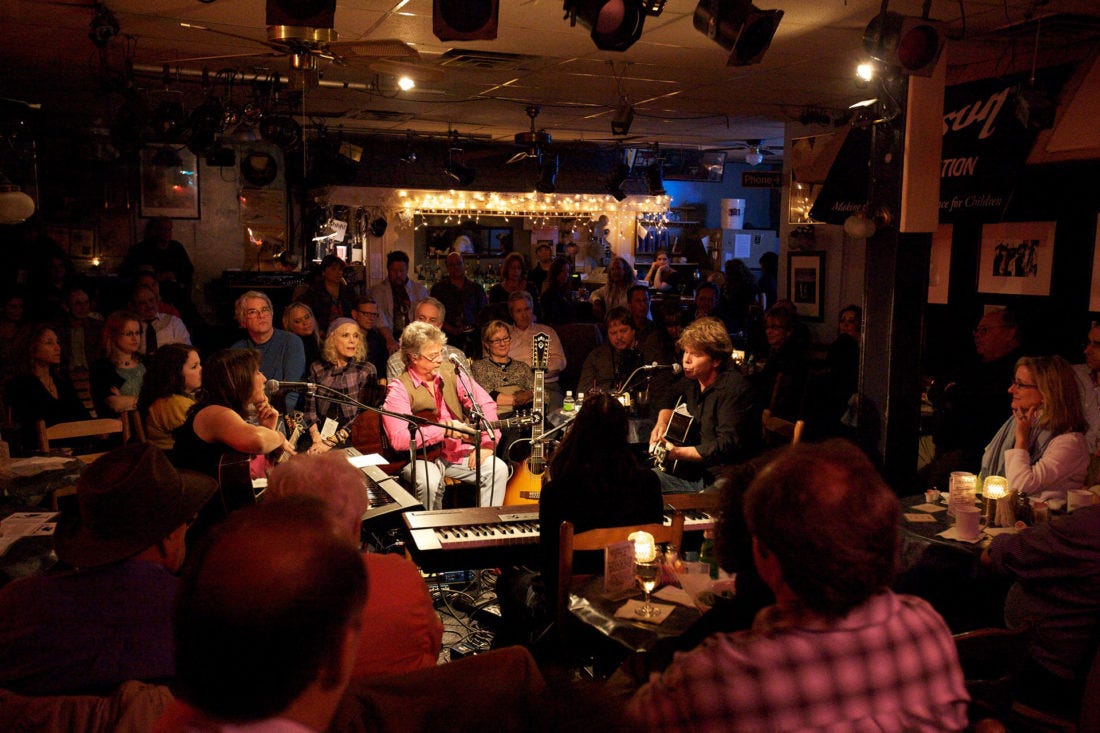Getting Unplugged
Gospel-Centered Mentoring
In the 90s, several famous musicians performed “unplugged” concerts. Instead of huge auditoriums, sardined-packed with fans and vibrating to the boom of massive speakers, smaller groups snuggled around tiny MTV stages to hear the likes of Mariah Carey, 10,000 Maniacs, Ricky Martin, and even Nirvana. According to Wikipedia, Eric Clapton’s Unplugged album sold 26 million copies and became the best-selling live album of all time.
It seemed fans wanted to return to the basics, back to what it felt like to get close and get real, to see the Greats without the glam. Less production, more personal.
That’s why I was fascinated by the recent NYT Editorial “Why Gen Z is Resurrecting the 1990s.” In the Nineties, we were trying to resurrect the past by unplugging. In 2025, young adults are attempting the same by returning to the Nineties. The author notes, “A 2023 survey conducted by the Harris Poll in partnership with my research team found that 80 percent of Gen Z adults—that is, those born after 1997—were worried that their generation was too dependent on technology. Seventy-five percent were concerned about social media’s impact on young people’s mental health, and 58 percent said that new technologies were more likely to drive people apart than bring them together.” The 90s represent a time just before Gen Zers were born or just as they were born, a time when the internet was virginal and smartphones still dwelt in the realm of science fiction.
They are on to something. I doubt I can dump my cellphone, laptop, and tablet at this point. Banking, driving, and everyday communication might falter without my trusty devices. But how much can I/should I unplug? How much analog can I return to? How many alarms can I turn off without causing major disruptions to work and other vocations? These are real questions that I ask myself regularly.
One area that I am trying to unplug is my devotional life. It’s not for everyone, but I am trying to get back to pen and paper—paper Bible, paper journal. I even ordered new gel highlighters that don’t fade or bleed through uber-thin pages to mark up Scriptures the old-fashioned way.

But it’s more than that. I’m trying to get back to more reflective practices, like rejoicing, repenting, meditating, visualizing, and realigning. These practices not only fill me up spiritually, but they calm me down physically and emotionally. I’ll need my phone, laptop, and iPad throughout the rest of my waking hours, but these unplugged moments build a stable and structured platform from which to launch a peace-filled day in the risen Christ.
If you want to read more about why we need practices like these and how to do them well, check out my newest book, More than Meh.




